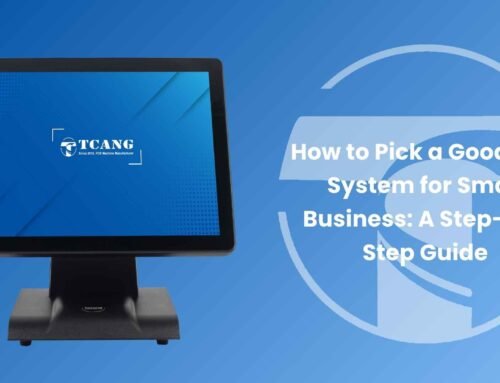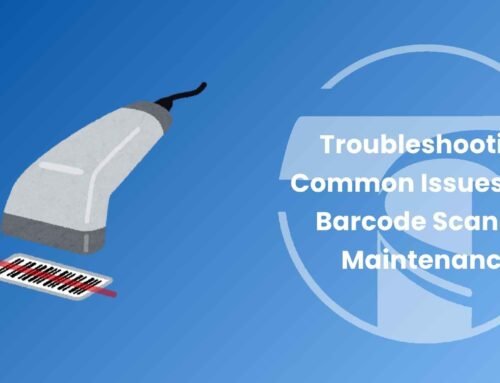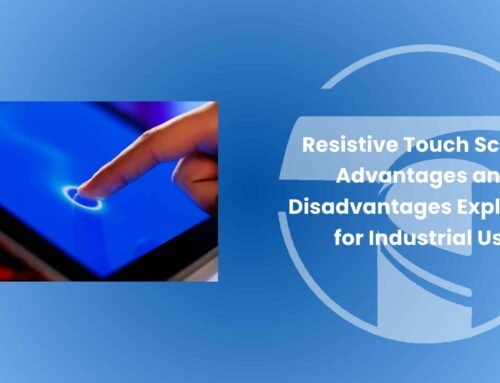A well-managed cash register is essential for smooth retail operations, enhancing customer satisfaction, and minimizing errors. Understanding how to use a cash register correctly helps prevent common mistakes that can lead to financial discrepancies and frustrated customers. In this article, we’ll explore key challenges and best practices to ensure efficient transactions.
Incorrect Cash Handling
One of the most frequent issues in retail is improper cash handling. Employees might miscount change or forget to enter the correct amount. To avoid this mistake, always double-check the amount entered before finalizing transactions. Use the cash register’s built-in functions to verify calculations and train staff on basic cash-handling techniques to reduce errors.
Failure to Check for System Updates
Modern cash registers, including POS systems, require regular software updates to function properly. Overlooking these updates can lead to operational glitches. Set reminders to update your cash register software, ensure your POS system is integrated with the latest security protocols, and regularly test the machine to confirm proper functionality.
Improper Receipt Management
Lost or unclear receipts can frustrate customers and confuse returns or exchanges. Always offer a printed or digital receipt to customers, ensure receipt printers have enough paper and ink for smooth operation, and train employees on retrieval methods for past transactions.
Misuse of POS Functions
Modern cash registers and POS systems come with advanced features, but failing to utilize them correctly can slow down transactions. To maximize efficiency, familiarize staff with all cash register functions, including price adjustments and discounts. Utilize barcode scanners to minimize manual entry errors, and conduct periodic training sessions to keep employees updated on system improvements.
Lack of Security Measures
Unauthorized access or fraudulent transactions can be a major issue in retail businesses. Assign unique login credentials for each cashier, regularly audit register logs to detect suspicious activity, and implement security settings such as automatic logout after inactivity to enhance security.
Conclusion
Knowing how to use a cash register efficiently is key to preventing common retail mistakes. By focusing on cash-handling accuracy, system updates, receipt management, POS functionality, and security measures, businesses can optimize operations and improve customer satisfaction. Training employees thoroughly and maintaining regular checkups will ensure that the cash register remains a reliable tool for seamless transactions.







Leave A Comment